Oily skin and acne breakouts can be frustrating, especially during teenage years. Hormonal changes often cause increased oil production. However, with the right skincare routine and products, you can manage excess oil and prevent breakouts.
This guide offers expert tips on effective acne treatments for oily skin. We’ll explore useful ingredients, skincare routines, and product recommendations. Our goal is to help you find the best acne treatment for oily skin.
Understanding the causes of oily skin is crucial. Factors like ovulation, humid climates, and genetics can increase oil production1. Excess sebum leads to a greasy appearance and comedonal acne.
Blackheads and whiteheads are common forms of comedonal acne2. Surprisingly, moisturizing is still important for oily skin. Choose lightweight, non-comedogenic, oil-free moisturizers to hydrate without clogging pores2.
Key Takeaways
- Oily skin is a common concern that can lead to acne breakouts, especially during teenage years.
- Understanding the causes of oily skin and its link to acne is key to finding effective solutions.
- The best acne treatment for oily skin includes targeted ingredients like salicylic acid, benzoyl peroxide, and retinoids.
- Developing a consistent skincare routine with cleansing, toning, treating, and moisturizing steps is crucial for managing oily skin and preventing acne.
- Additional tips like using blotting papers, choosing non-comedogenic products, and applying sunscreen can help control excess oil and protect the skin.
Understanding Oily Skin and Acne
Oily, acne-prone skin can be a real challenge. Managing it requires understanding its causes and the link between excess sebum and breakouts. Let’s explore how to tackle this frustrating issue effectively.
What Causes Oily Skin?
Oily skin results from too much sebum production. Sebum keeps our skin moist and protected. But excess sebum can clog pores and cause acne.
Hormonal changes often trigger increased oil production. Genetics, environment, and certain skincare products can also play a role. Studies show that sebum levels vary across different facial areas3.
The Link Between Oily Skin and Acne
Acne affects millions worldwide. People with oily skin are more likely to get breakouts. Acne vulgaris, the most common type, causes pimples, blackheads, and oily skin4.
Hormones, oil, and bacteria are the main acne culprits. Excess sebum mixes with dead skin cells, clogging pores. This creates a perfect environment for bacteria to thrive.
- Noninflammatory acne (blackheads and whiteheads): the mildest form of acne, caused by clogged pores4
- Inflammatory acne (papules, pustules, nodules, and cysts): characterized by red, swollen, and sometimes painful bumps4
Even people with dry skin can get acne. Environmental factors and unsuitable skincare routines can contribute to breakouts4.
By understanding the intricate relationship between oily skin and acne, we can develop targeted strategies to manage excess sebum production, unclog pores, and prevent future breakouts.
To control oily skin and acne, wash your face twice daily. Use a gentle cleanser and avoid harsh scrubs. Choose non-comedogenic products and try ingredients like salicylic acid.
Green tea emulsion and L-carnitine have shown promise in reducing sebum production3. Benzoyl peroxide and retinoids can also help manage oily skin and acne4.
Check back often for the best reviews on beauty supplies, including the best acrylic nails, best nail polish remover, best hair color kit, best hair growth serum, best skincare routine, best moisturizer for dry skin, best vegan beauty products, best cruelty-free makeup, best anti-aging cream, best foundation for oily skin, best makeup brushes, and the best beauty blender.
By taking a proactive approach to understanding and managing oily, acne-prone skin, you can achieve clearer, healthier-looking skin and regain your confidence.
Effective Ingredients for Treating Acne on Oily Skin
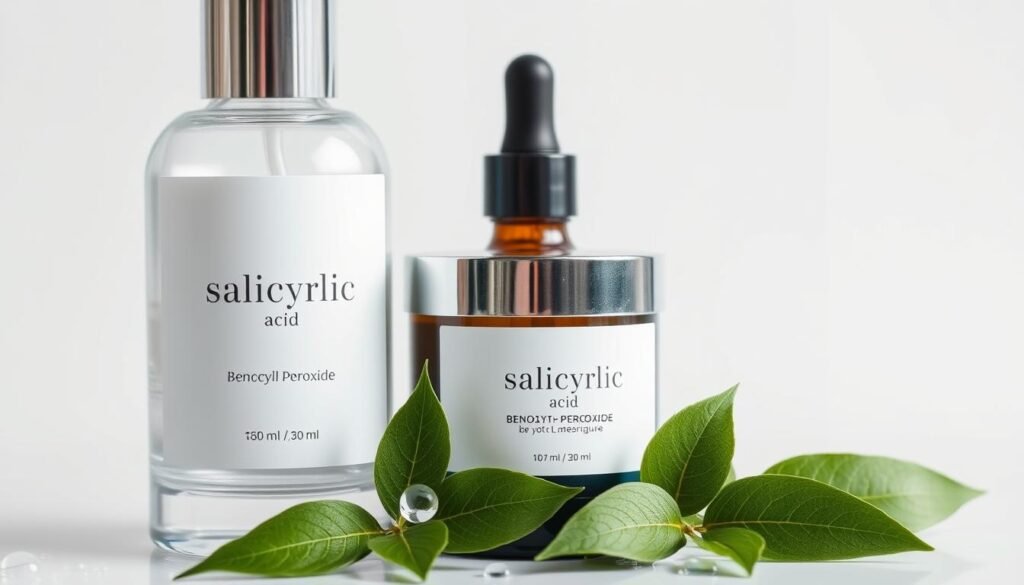
Three key ingredients excel at managing acne on oily skin. Salicylic acid, benzoyl peroxide, and retinoids control excess oil and reduce inflammation. These powerhouses unclog pores and combat breakouts effectively.
Salicylic Acid
Salicylic acid, a beta-hydroxy acid (BHA), is a common ingredient in acne-fighting products. It acts as an exfoliant, preventing clogged pores5. This acid promotes natural skin exfoliation, making it great for treating blackheads and whiteheads6.
Benzoyl Peroxide
Benzoyl peroxide is a versatile acne treatment available in various forms. It’s been a trusted skincare ingredient for over 50 years6. The FDA classifies it as safe and effective for acne treatment.
Over-the-counter acne products can contain up to 10% benzoyl peroxide6. It’s popular in both teenage and adult acne treatments6.
Retinoids
Retinoids, derived from vitamin A, are powerful acne-fighting tools. Adapalene, a topical retinoid, treats acne in various forms and strengths5. Some products, like CeraVe Retinol Serum, use microencapsulated retinol to minimize post-acne marks6.
| Ingredient | Benefits | Usage Tips |
|---|---|---|
| Salicylic Acid | Unclogs pores, exfoliates dead skin cells, reduces inflammation | Start with a low concentration and gradually increase, use sparingly to avoid irritation |
| Benzoyl Peroxide | Kills acne-causing bacteria, reduces inflammation, helps prevent breakouts | Use as a spot treatment or all-over treatment, follow with moisturizer to combat dryness |
| Retinoids | Regulates skin cell turnover, unclogs pores, improves skin texture and tone | Start with a low concentration, use at night, apply sunscreen during the day to protect skin |
Acne treatments usually take at least four weeks to show results. Significant improvements may take months or longer5. Overusing benzoyl peroxide and salicylic acid can cause skin irritation and dryness.
Consult a board-certified dermatologist to find the ideal concentration for your skin. They can help minimize potential side effects6.
I’ve found that combining salicylic acid and benzoyl peroxide has been a game-changer for my oily, acne-prone skin. The key is to start slowly and listen to your skin, adjusting as needed.
Explore our reviews on beauty supplies, including acrylic nails, nail polish remover, and hair color kits. We also cover hair growth serum, moisturizers for dry skin, and vegan beauty products.
Find the best cruelty-free makeup, anti-aging cream, and foundation for oily skin. Don’t miss our top picks for makeup brushes and beauty blenders.
Developing a Skincare Routine for Oily, Acne-Prone Skin
Oily, acne-prone skin needs a tailored skincare routine. This type of skin often leads to a shiny complexion and breakouts. A consistent routine can help keep your skin healthy and radiant7.
Cleansing
Start with a gentle, oil-free cleanser that removes dirt and excess oil. Look for cleansers with salicylic acid or benzoyl peroxide. These ingredients help unclog pores and prevent breakouts7.
Cleanse your face twice daily, in the morning and evening. This helps maintain a clean and refreshed complexion.
Toning
Use a toner with salicylic acid, glycolic acid, or lactic acid after cleansing. These ingredients unclog pores, balance skin pH, and control excess oil production. Choose an alcohol-free toner to avoid drying out your skin8.
Treating
Use spot treatments with benzoyl peroxide or retinoids for specific acne concerns. Benzoyl peroxide reduces acne-causing bacteria and fights inflammation. Retinoids regulate skin cell turnover and decrease oiliness9.
Moisturizing
Use a lightweight, oil-free moisturizer daily to keep your skin hydrated. Look for ingredients like hyaluronic acid, which hydrates without clogging pores. Niacinamide helps control sebum and improves skin elasticity9.
Consistency and patience are key when following a skincare routine. It may take time to see results, but stick with it. Always use sunscreen with at least SPF 30 when outdoors7.
I’ve found that using salicylic acid, niacinamide, and peptides in my serums has been effective. It’s about finding the right ingredients for your skin type and concerns8.
Try oily skin acne home remedies to complement your routine. Natural ingredients like honey and oatmeal can soothe inflammation and gently exfoliate7.
Check back often for reviews on beauty supplies. We cover acrylic nails, hair color kits, nail polish removers, and more.
Tips for Managing Oily Skin and Preventing Breakouts
Taming oily skin and stopping breakouts can be tough. But with the right approach, you can keep your skin clear and healthy. Blotting papers are great for removing excess oil throughout the day10. They keep skin matte without drying it out.
Non-comedogenic products are crucial for preventing clogged pores11. Choose oil-free and water-based skincare and makeup to avoid worsening oily skin and acne12. These products help maintain a balanced complexion.
Use Blotting Papers
Blotting papers quickly absorb oil without ruining your makeup12. Keep a pack handy for touch-ups during the day. They’re perfect for maintaining a matte look without constant powder or foundation reapplication.
Choose Non-Comedogenic Products
Look for “non-comedogenic” on product labels when shopping for skincare and makeup. These items won’t clog your pores, helping prevent breakouts1211. Oil-free and water-based options are best for oily, acne-prone skin.
Don’t Skip Sunscreen
Sunscreen is vital, even for oily skin. It protects against UV rays that can worsen acne and cause dark spots10. Choose lightweight, oil-free sunscreens made for acne-prone skin.
Sunscreen gels are great because they’re lighter and less oily than creams10. Stick to your skincare routine for the best results. Patience is key when managing oily skin.
Check back often for the best reviews on beauty supplies, including the best hair growth serum, best nail polish remover, best acrylic nails, best skincare routine, best hair color kit, best moisturizer for dry skin, best foundation for oily skin, best anti-aging cream, best vegan beauty products, best cruelty-free makeup, best makeup brushes, and the best beauty blender.
FAQ
What are the most effective ingredients for treating acne on oily skin?
How can I develop a skincare routine for oily, acne-prone skin?
What are some tips for managing oily skin and preventing breakouts?
Can I use home remedies to treat oily skin and acne?
How can I control excess oil production throughout the day?
Source Links
- Tips to Banish Breakouts and Oily Shine – https://www.verywellhealth.com/acne-and-oily-skin-15964
- Skincare Routine for Oily Skin – https://www.cerave.com/skin-smarts/skincare-routines/a-gentle-skincare-routine-for-oily-skin
- Oily Skin: A review of Treatment Options – https://www.ncbi.nlm.nih.gov/pmc/articles/PMC5605215/
- How to Care for Acne-Prone Skin – https://www.healthline.com/health/beauty-skin-care/acne-prone-skin
- 8 Best Ingredients for Acne-Prone Skin – https://www.webmd.com/skin-problems-and-treatments/acne/features/best-ingredients-for-acne-prone-skin
- Are You Using Effective Ingredients for Acne-Prone Skin? – https://www.cerave.com/skin-smarts/skin-concerns/acne/benzoyl-peroxide-derm-recommended-best-acne-ingredients
- Everything You Need to Know to Care for for Oily Skin – https://www.healthline.com/health/beauty-skin-care/skin-care-routine-for-oily-skin
- Easy 5-Step Skin Care Routine For Oily & Acne Prone Skin – https://www.reequil.com/blogs/care-tips/skin-care-routine-for-oily-combination-and-acne-prone-skin?srsltid=AfmBOoq-djpjYGFnRJD_GMWKLP2Scf3QWEo21VErz_mMgTziENiU_Y7o
- A Daily Skincare Routine For Oily Acne Prone Skin – https://beminimalist.co/blogs/skin-care/skincare-routine-for-oily-acne-prone-skin?srsltid=AfmBOop0TjtT-IDNYVNSTSi4-o20jvNf_DfDusornT1Z1kIZ3bBvrPlU
- Manage Your Oily Skin and Fight Acne – https://www.webmd.com/skin-problems-and-treatments/acne/features/oily-skin
- 10 Tips for Preventing Acne – https://www.webmd.com/skin-problems-and-treatments/acne/10-tips-for-preventing-pimples
- 7 Ways to Treat Acne for Oily Skin | Dermalogica® – https://www.dermalogica.com/blogs/living-skin/acne-tips-for-oily-skin

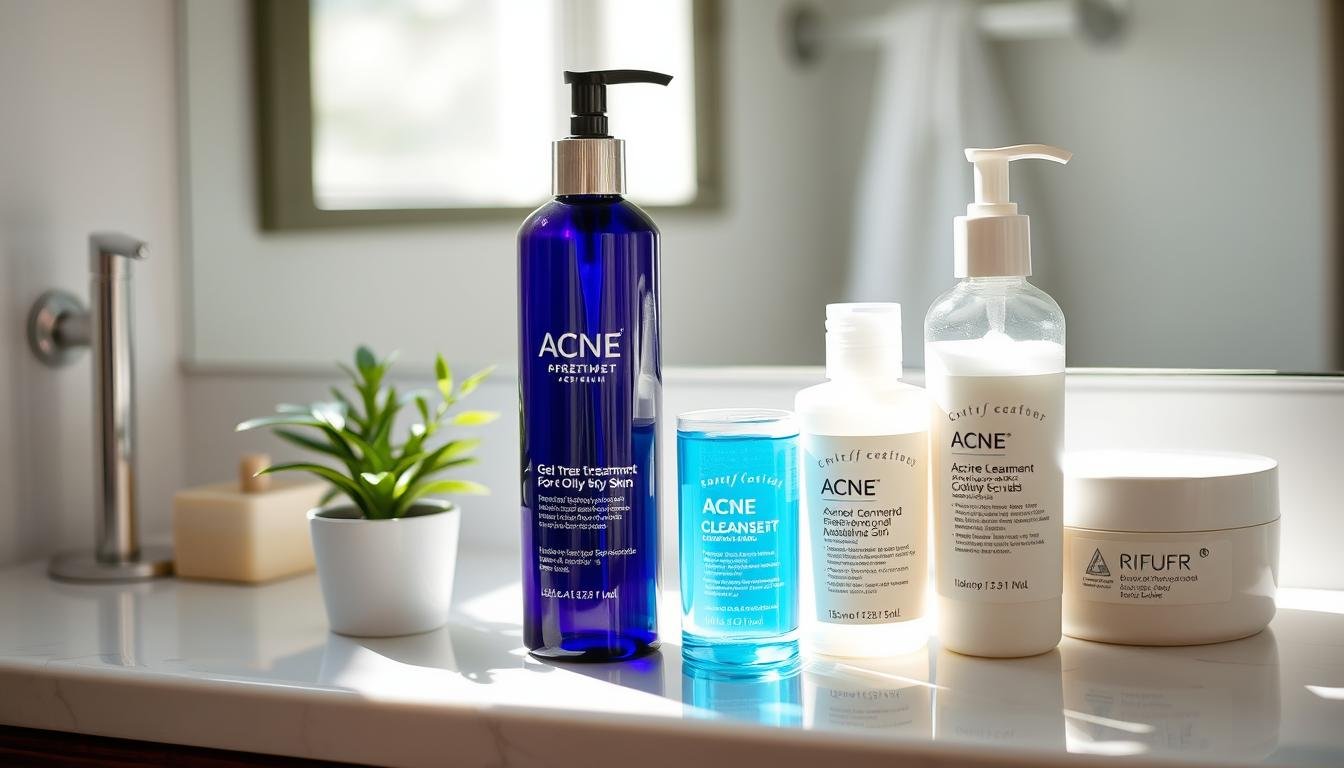
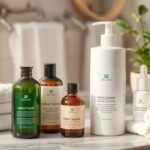
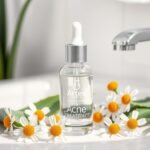

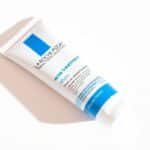
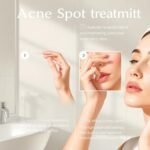
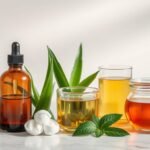
Interesting points, but isnt it possible that oily skin is a result of over-washing rather than under-cleaning? Just a thought.
Interesting read! But has anyone considered that maybe oily skin isnt the problem, but rather our obsession with perfect skin? Just a thought.
Totally agree! Unattainable beauty standards are the real issue here, not oily skin.
Anyone else think diet and lifestyle play a bigger role than these expert tips? Maybe were overthinking this acne thing.
Just a thought, but isnt oily skin natures best moisturizer? Why fight it? Maybe were overthinking this acne thing. #EmbraceTheShine
Interesting read but isnt it high time we stop demonizing oily skin? Its natural and actually protects our skin. Thoughts?
Interesting read, but dont you think diet factors into oily skin and acne more than the creams and treatments suggested?
Interesting read, but isnt it possible that oily skin is natures own acne treatment? Just throwing a wild thought out there.
While I appreciate the insights, doesnt the overuse of acne treatments risk drying out and damaging our skin? Just food for thought.
Interesting read, but ever thought that oily skin could be a blessing, not a curse? Maybe its natures moisturizer, not an acne trigger? 🤔💭
While natures moisturizer sounds poetic, science shows oily skin is indeed an acne trigger.
Seriously, why does no one talk about how diet affects oily skin? Acne isnt just about what products you slap on!
Anyone think diet affects oily skin more than products? I mean, we are what we eat, right?
Interesting tips, but isnt oily skin just a sign of dehydration? Maybe were over-washing and over-treating it? Food for thought.